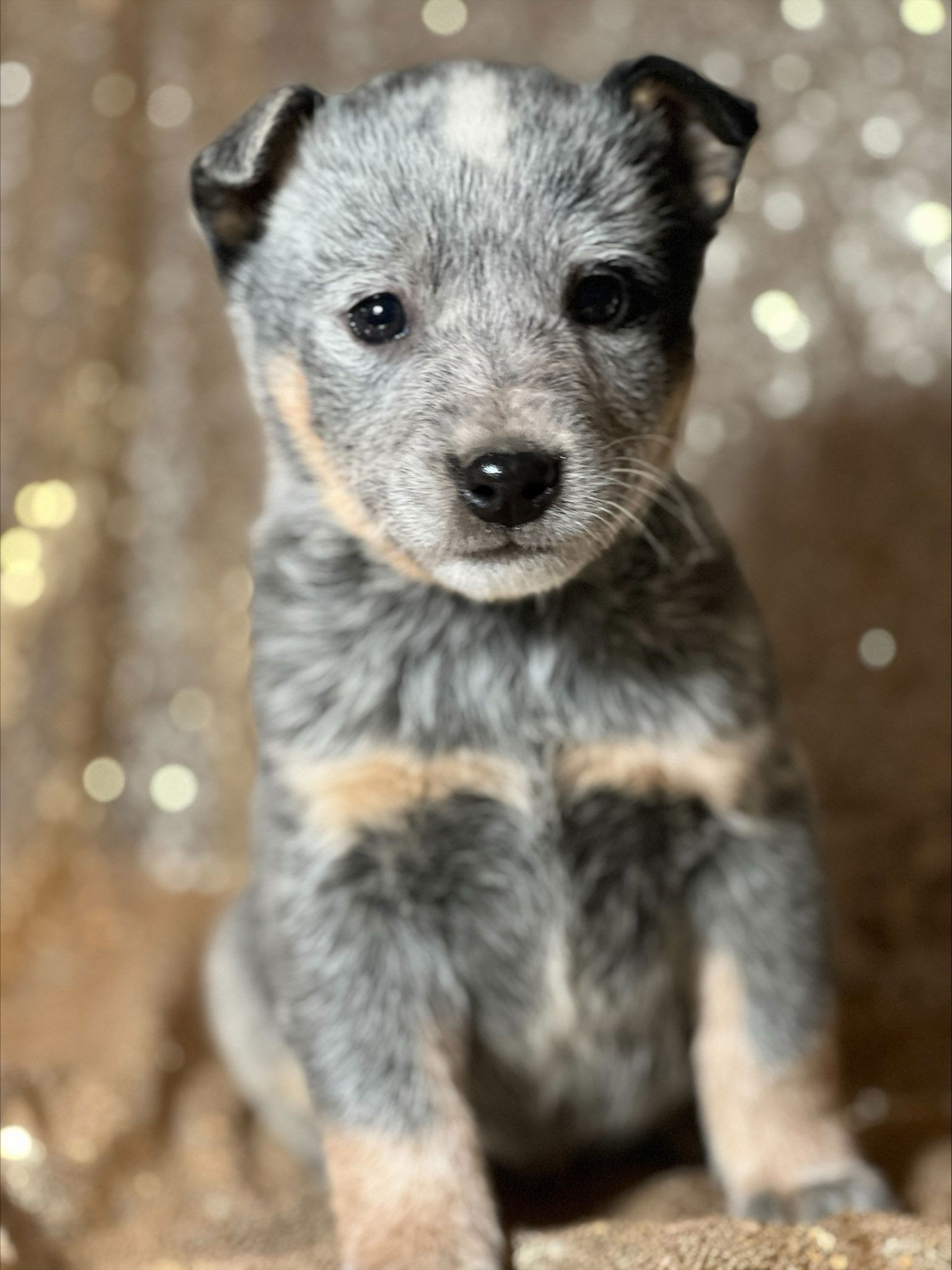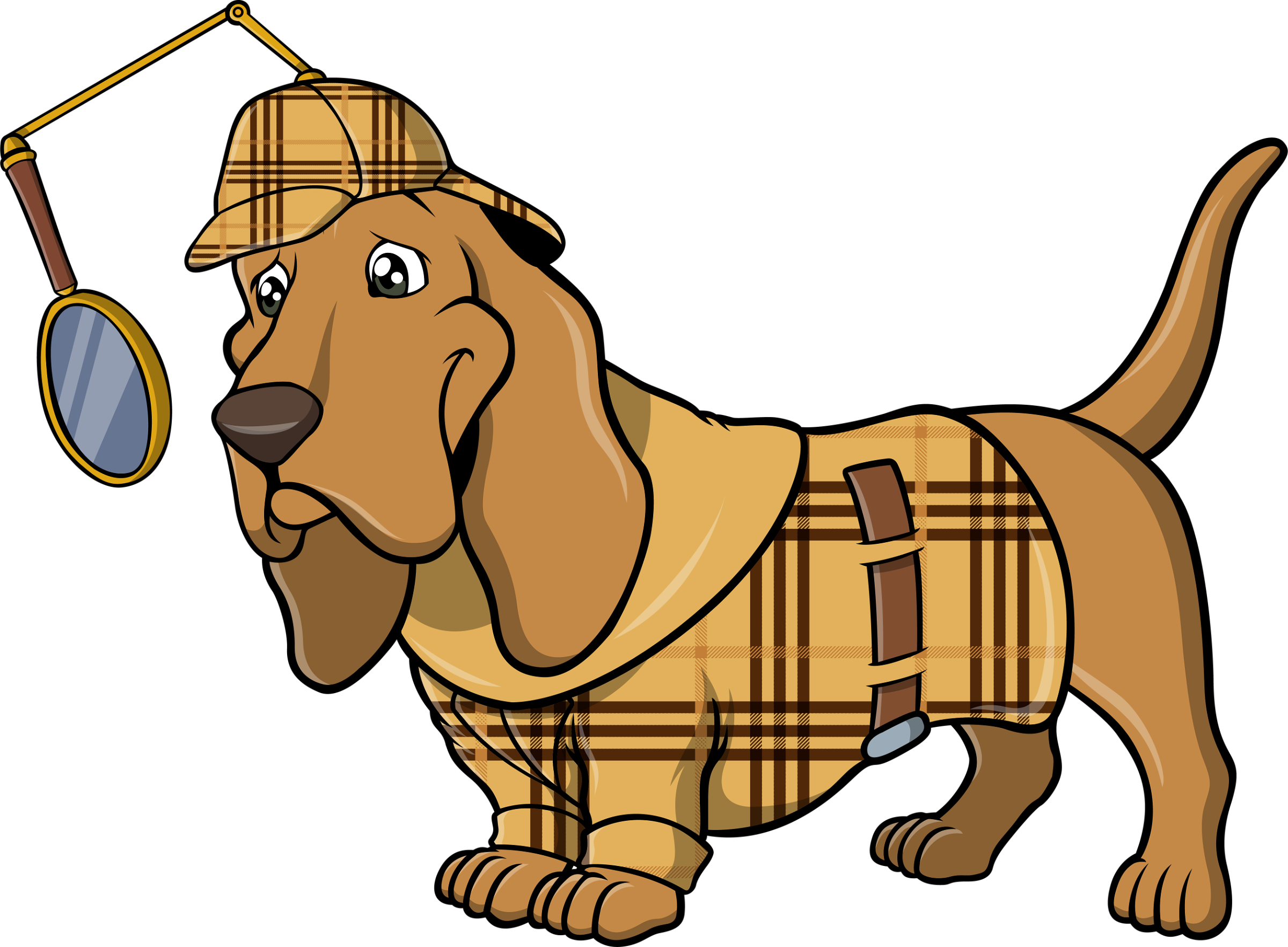
Blue Heeler. Australian Cattle Dog
Blue Heeler. Australian Cattle Dog Puppies Dog Breed Information
The Blue Heeler, also known as the Australian Cattle Dog (ACD), originated in Australia from the wild Dingo lineage and was bred for herding cattle over long distances. They earned the nickname “Heeler” for their habit of nipping at cattle’s heels. In the United States, they are commonly recognized as Blue Heelers or Australian Cattle Dogs but are also referred to as Australian Heelers, Queensland Heelers, and Halls Heelers. The American Kennel Club (AKC) officially recognized the breed in 1980, and it was one of the founding members of the Herding Group in 1983.
Blue Heelers are affectionate and form strong bonds quickly with their human families and other pets. They may develop a close attachment to one person in the household. Known for their bravery, loyalty, and friendliness toward children and other dogs, they require socialization and training around other pets due to their high prey drive. With strangers, they tend to be cautious and alert but can warm up with proper socialization.
Australian Cattle Dogs are moderately adaptable but require homes with fenced yards due to their high energy levels. They excel in farm and agricultural settings. While they can tolerate various climates, they are sensitive to heat and not suited for cold weather. Blue Heelers form strong bonds with their families and dislike being left alone for a long time.
Common health issues in Australian Cattle Dogs include elbow dysplasia, hip dysplasia, progressive retinal atrophy, and deafness. Selecting a reputable breeder is crucial for minimizing these concerns, as responsible breeders conduct health screenings to prevent passing genetic conditions on to puppies. When considering a puppy, inquire about the health and genetic history of both parents, as well as any health tests or clearances performed.
The Blue Heeler is a highly intelligent and energetic working dog breed. They easily learn commands but require varied and engaging training to prevent boredom. Their need for a job makes them happiest, but their high energy levels can be challenging for inexperienced owners, making puppy training classes highly recommended. These classes not only improve training techniques but also provide socialization opportunities and other benefits for the puppy’s development.
The Australian Cattle Dog has a short, smooth coat that doesn’t get too wet easily. They lose their soft undercoat twice a year. Brushing a few times a week and giving them a bath now and then will keep their coat healthy and looking good.
When they lose their soft undercoat, it’s good to brush them more often. Having a brush with short bristles and a special blade for removing loose fur is helpful.
Besides taking care of their coat, you also need to look after their nails, ears, and teeth. Trim their nails once or twice a month to keep them from getting too long. Check their ears every week and clean them gently if needed to prevent infections. Brush their teeth every day and take them to the vet for teeth cleaning when necessary to avoid dental problems later on.
The Australian Cattle Dog is a high-energy working breed that requires ample daily activity and mental stimulation to thrive. Daily walks, playtime, and opportunities for running are essential, but they often enjoy additional activities if available. Known for their athleticism and versatility, once mature, they can engage in various activities ranging from outdoor adventures to dog sports.
An adult Blue Heeler typically reaches a height of 17–20 inches and weighs between 35–50 pounds.
Australian Cattle Dogs typically have a lifespan averaging 12–16 years.

